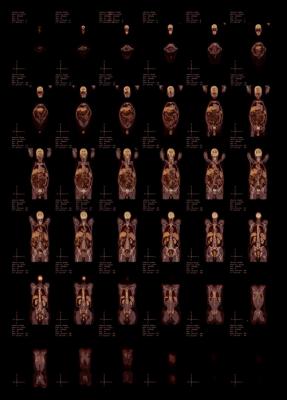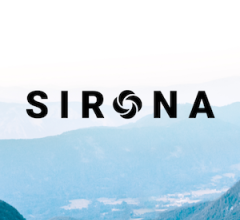
May 13, 2022 — The ACR Committee on Drugs and Contrast Media, within the ACR Commission on Quality and Safety, is aware of the current global shortage of iodinated contrast media. The following statement offers some recommendations on how providers may address this emergency locally. The recommendations are not exhaustive or prescriptive. They are intended as a resource for imaging providers and their institutions to continue to provide high-quality patient care during times of shortage of contrast media. Providers and administrative leaders are encouraged to incorporate sound clinical judgment in all decisions affecting patient care.
The ACR recognizes that this is a rapidly evolving situation. Guidance may be revised as circumstances continue to change.
The ACR Committee on Drugs and Contrast Media recommends the following considerations for facilities operating during a time of iodinated contrast media shortages.
Risk mitigation strategies during an iodinated contrast shortage include:
- Utilize alternative studies to answer the clinical question such as non-contrast CT, MR with or without gadolinium-based contrast media, ultrasound with or without ultrasound contrast agents,
nuclear medicine, or PET/CT, when feasible. Please refer to the ACR Appropriateness Criteria guidelines for indicated alternative studies as needed. (Scroll down to AC Portal and use the “Explore by scenario” icon.) - Look for alternative versions of contrast agents, which may be marketed under a different brand name or intended clinical use. (Note: US market availability may differ from global availability.)
- Source contrast from other vendors, if able, and consider having at least two vendor products on formulary
- If you currently have access to higher volume single-use vials, contact your institutional pharmacy to determine if it is possible to repackage vials in smaller aliquots to reduce waste (institution level).
- Minimize individual doses administered to reduce waste. Some options include:
- Weight-based dosing for CT in available aliquots/vial sizes to avoid waste
- Reducing dose in conjunction with low kVp protocols that improve contrast conspicuity
- Reducing dose and acquire studies with dual-energy protocols (where available) that improve contrast conspicuity
- Reserve higher concentration (mg iodine / ml) agents for angiographic studies and multiphase studies, which require optimal vascular visualization.
- Use alternatives to nonionic contrast for oral, rectal, genitourinary administration (examples: iothalamate meglumine or diatrizoate). Consider barium-based products for oral opacification in CT and PET/CT, as well as alternative iodine-based agents (ionics). (Please refer to the ACR Contrast Manual APPENDIX A: Contrast Media Specifications Table for oral contrast agents).
- Work with other departments, such as Urology, Radiation Oncology, Pain Management, Gastroenterology, Vascular Surgery and Cardiology, which utilize iodinated contrast to prioritize limited supply usage.
Considerations
- Do not sacrifice image quality by using suboptimal doses; ensure enough contrast dose is used for diagnostic image quality.
- CDC and Joint Commission guidelines state that vials labeled by the manufacturer as “single dose” or “single use” should only be used for a single patient because they typically lack antimicrobial preservatives and can become contaminated and serve as a source of infection when used improperly. Several instances of iatrogenic infection have been reported with improper use of single use vials for multiple patients with basic infection control techniques often violated. Some of these events occurred during times of medication shortages as an effort to reduce waste. However, the CDC issued a statement in May of 2012 that offered guidance for how contents from unopened singe-dose/single-use vials can be repackaged for multiple patients but only performed by qualified healthcare personnel in accordance with standards in United States Pharmacopeia General Chapter <797> Pharmaceutical Compounding-Sterile Preparation. The ASHP, an organization representing pharmacists, posted their guidance as well.
- In the setting of severe shortage, institutions can explore developing their own guidelines for the safe use of single-use vials for more than one patient following proper infection control guidance and ensuring institution approval since this would deviate from medication and regulatory guidelines.
For more information: www.acr.org
Related Content of MRI Gadolinium Safety Concerns
Voluntary Dismissal of Chuck Norris Gadolinium Case Involving Bracco
VIDEO: How Serious is MRI Gadolinium Retention in the Brain and Body? An interview with Max Wintermark, M.D.
VIDEO “Big Concerns Remain for MRI Gadolinium Contrast Safety at RSNA 2017,” An interview with Emanuel Kanal, M.D.
Radiology Has Failed to Properly Assess or Track MRI Gadolinium Contrast Safety
Recent Developments in Contrast Media
FDA Committee Votes to Expand Warning Labels on Gadolinium-Based Contrast Agents
European Medicines Agency Issues Update on Gadolinium Contrast Agents


 December 04, 2025
December 04, 2025 









